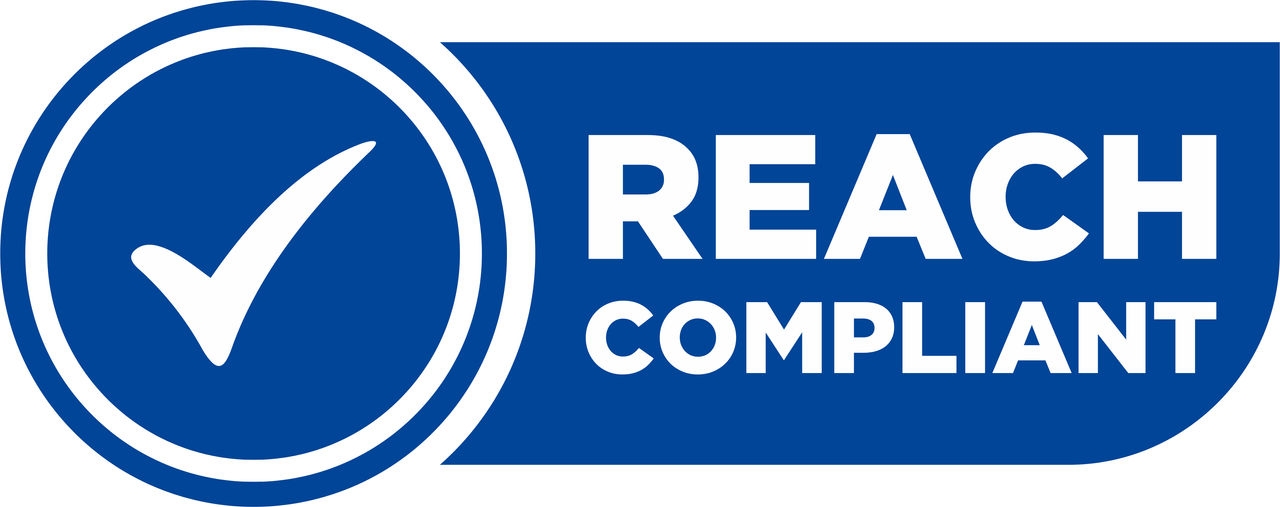Dental hygiene is a crucial component of overall health, and one of the most effective tools in this domain is dental floss. Reach dental floss, in particular, has garnered attention for its effectiveness in plaque and debris removal. But what is the science behind it? This article delves into the biology of dental plaque, the mechanics of flossing, and the specific features of Reach dental floss that contribute to its efficacy.
Understanding Dental Plaque
Before we explore the role of dental floss, it is essential to understand what dental plaque is and why its removal is vital for oral health.
What is Dental Plaque?
Dental plaque is a sticky, colorless film of bacteria that forms on teeth. It develops when food particles and saliva combine, creating an environment for bacteria to thrive. When left unchecked, plaque can lead to various dental issues, including:
- Cavities
- Gum disease (gingivitis and periodontitis)
- Bad breath
- Tooth loss
The Composition of Dental Plaque
Dental plaque is primarily composed of:
- Bacterial colonies
- Salivary proteins
- Food particles
- Cellular debris
Understanding its composition helps in recognizing how tools like dental floss can effectively disrupt and remove plaque.
The Mechanics of Flossing
Flossing is a mechanical process that removes plaque and food debris from between teeth and along the gum line. The effectiveness of flossing depends on several factors, including:
Technique

The way in which floss is used significantly affects its efficacy. Proper flossing technique includes:
- Using a clean section of floss for each tooth
- Curving the floss around the base of each tooth
- Gently sliding the floss beneath the gum line
Frequency

Flossing should be a daily habit to maintain optimal oral health. Studies show that individuals who floss regularly have significantly lower levels of plaque compared to those who do not.
Reach Dental Floss: Features and Benefits

Reach dental floss is designed with specific features that enhance its ability to remove plaque and debris effectively.
Types of Reach Dental Floss
Reach offers various types of dental floss, each catering to different needs:
- Waxed Floss: Easier to slide between tight teeth.
- Unwaxed Floss: Provides a more tactile feel and is preferred by some users.
- Flavored Floss: Makes flossing more enjoyable, especially for children.
- Dental Tape: Wider and flatter for larger gaps between teeth.
Scientific Evidence Supporting Efficacy
Research has shown that using dental floss, including Reach, significantly reduces plaque buildup. A meta-analysis published in the Journal of Periodontology found that:
- Flossing in conjunction with brushing can reduce plaque by up to 40% more than brushing alone.
- Participants who used dental floss reported a 50% reduction in gingival inflammation over six months.
Case Studies and Statistics

Real-world applications of Reach dental floss highlight its effectiveness in improving oral health.
Case Study: A Longitudinal Analysis
A longitudinal study conducted over three years involving 500 participants assessed the impact of daily flossing with Reach dental floss. The findings included:
- 75% of participants reported improved gum health.
- Participants experienced an average of 30% less plaque accumulation.
- Cases of gingivitis decreased by 60% among consistent users.
Statistics on Oral Health
According to the American Dental Association (ADA), approximately 70% of adults do not floss daily, leading to a rise in dental issues. However, those who incorporate flossing into their routines report:
- Fewer dental visits due to cavity prevention.
- Lower overall dental expenses.
- Improved confidence in oral health.
The Importance of Combining Flossing with Other Dental Hygiene Practices

While dental floss is a crucial tool, it should be part of a comprehensive oral hygiene routine that includes:
- Brushing twice daily with fluoride toothpaste.
- Regular dental check-ups (at least twice a year).
- Using mouthwash to reduce bacteria.
- Maintaining a balanced diet to support oral health.
The science behind Reach dental floss underscores its importance in effective plaque and debris removal. Understanding the nature of dental plaque, the mechanics of flossing, and the specific features of Reach dental floss provides valuable insights for consumers aiming to enhance their oral health.
In summary, regular flossing with Reach dental floss not only helps in maintaining clean teeth but also plays a pivotal role in preventing gum disease and promoting overall oral hygiene. As studies have demonstrated, the benefits of combining flossing with other dental care practices lead to healthier smiles and potentially lower dental costs. For those committed to optimal oral health, incorporating Reach dental floss into daily routines is a scientifically backed strategy for success.
